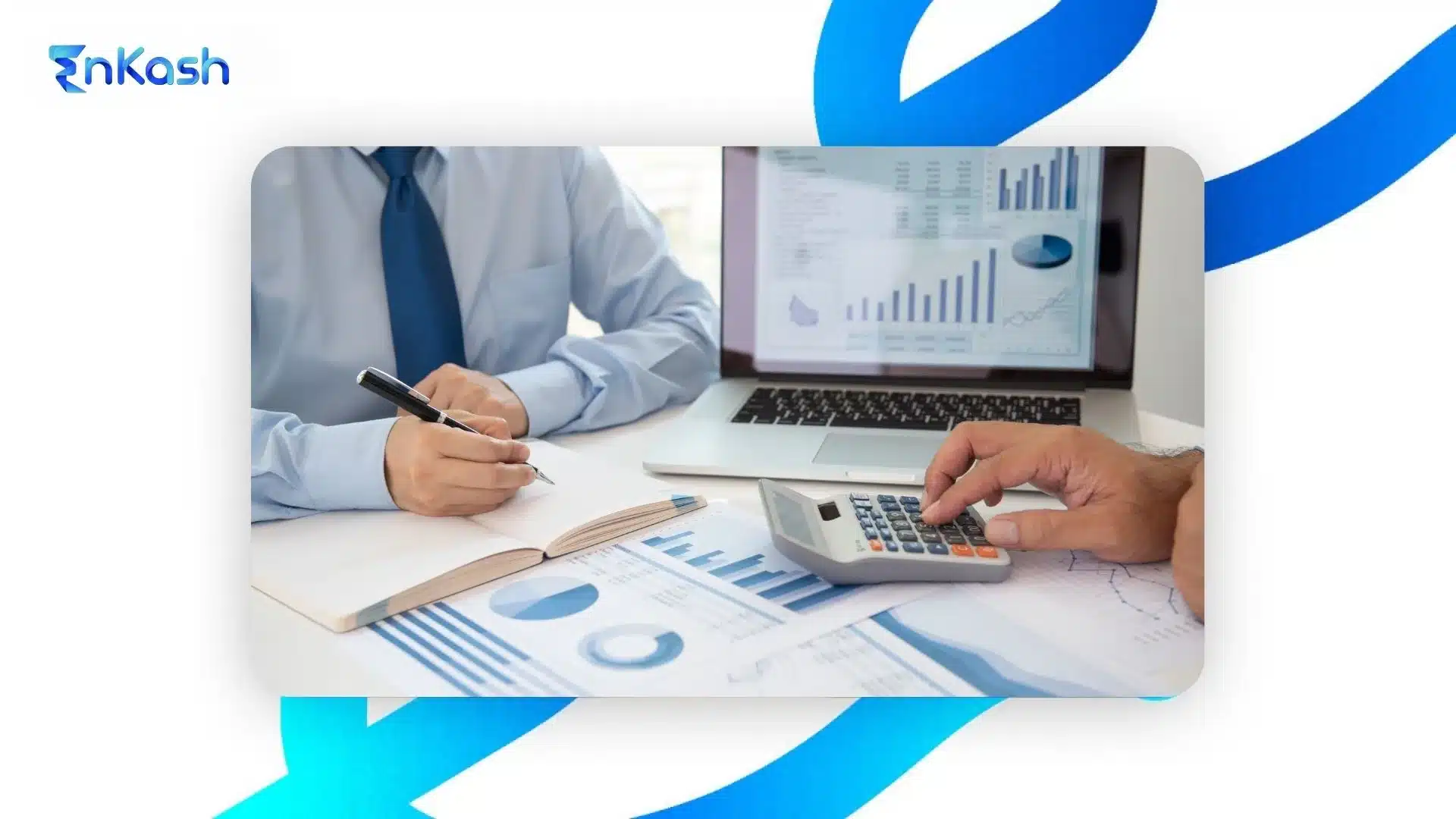Introduction
The breakeven point is really important for financial planning and decision-making when one is starting or managing an enterprise. For any given company, the breakeven points indicate moments of sales that provide total revenues just enough to cover total costs and nothing in the name of profit or loss. In short, it is a no-profit-no-loss state. This knowledge allows a business owner, manager, or investor to know how many units should be sold to meet costs and to set realizable sales targets and pricing policies. It is also used as a test of risk assessment and forecasting, so the business can prepare for any changes in costs or revenues. The breakeven point is a very important tool used in both accounting and economics to analyze costs, levels of operational efficiency, and to make decisions concerning production levels, investment, or labor strategy. The concept of breakeven point will help in maintaining financial well-being and thus fostering profitability in the long run.
What is the Breakeven Point in Economics?
So, what is the breakeven point in economics? A breakeven point occurs when all revenues of a company just match the total costs it has incurred, thus neither making any profits nor incurring any losses. This point marks the position where any business covers its fixed and variable costs, and, from then on, any sale will be treated as profit. This is, therefore, a fundamental concept that economists or any business manager or real decision maker should understand when gauging the financial feasibility of an investment option, balancing risk, or any form of strategic planning. The breakeven point literally means no profit, no loss, and is thus identified by breakeven analysis, which seeks to find that point to demonstrate how changes in costs, prices, or sales volume will affect profits. For example, if there is an increase in fixed costs such as rent, salaries, or maintenance of equipment, or even variable costs like raw materials or production costs, the breakeven point will shift, pointing out the exact units or revenue to be generated to prevent losses.
Understanding Breakeven Analysis
Many people often ask, What is breakeven analysis? In simple terms, this is a financial method that a business uses to find out the exact units that need to be sold or some revenue numbers that have to be earned by it to get to the breakeven point where the total costs are equal to the total revenue, with neither gain nor loss being made. Break-Even Analysis draws in the relationship among costs, sales volume, and profits and offers a lucid view to help management decide on matters of production, pricing, and resource allocation. A business, through the method of such an analysis, can determine how variations in fixed costs, variable costs, or selling prices can affect the breakeven point and accordingly go for better risk minimization and loss prevention. It is widely used across the gamut of activities, from daily planning of operations to finance in ensuring profitability that is expected in new projects, investment opportunities, or strategic considerations. The importance of breakeven analysis lies in the fact that it can be used for forecasting profits and guiding toward financial stability. When a company discovers the sales that will be able to cover the costs, it can schedule awards and targets for profit that are realistic and can base decisions on facts.
The Breakeven Formula Explained
A breakeven formula determines the exact point where an organization neither earns nor loses money.
Breakeven Point(in units) = Fixed Cost/(Price per Unit-variable cost per unit).
The formula is the basis of all financial planning through which companies calculate the volume of units to be sold to cover all costs. Fixed costs are considered ones that do not change with the volume produced, including rent, salaries, and equipment. On the other hand, variable costs do vary-they include raw materials, labor, packaging, etc., while the selling price per unit is the revenue an organizer intends to earn from selling each product. Businesses may use this formula to find their breakeven points, thereby helping them in their financial decisions. Example: If a business has Rs 50,00,000 fixed costs and sells its product at Rs 1,00,000 variable cost of Rs 60,000 per unit, then the breakeven point becomes 1,250. The company would be able to cover all expenses once it had sold 1,250 products, after which it would go into profit. The understanding of this formula is essential for the pricing strategies, cost management, production planning, and financial forecasting of a business so that they can operate, i.e., remain stable, and avoid losses while making good profits.
Breakeven Chart and Its Role
A breakeven chart is a very important visual tool in breakeven point analysis to enable businessmen to easily interpret their position. It provides a graphical display of the relation between total revenue, total costs, and output levels; this relation is useful to understand at what point a company would neither make a profit nor incur losses. By plotting revenue and costs on a graph, the chart highlights in the most visible terms the breakeven point (BEP), i.e., the intersection of the total revenue line and the total cost line.
Easy Interpretation of BEP
In breakeven charts, the meaning of BEP is simple. Any level of output to the left of the intersection means loss since costs are higher than revenues, while the output level on the right side means profit with revenues higher than the costs involved.
Helps in Decision-Making
A breakeven chart is very useful for financial planning and strategy-making. It can help a company to arrive at the number of units needed to reach the breakeven point, the effect of an increase or decrease in costs on profitability, the different pricing strategies, and how to adjust the selling price to gain a given profit or forecast the profit to appear in another set of sales and production levels.
Simplifies Complex Concepts
For many businesses, the break-even point definition can seem abstract. The chart helps to simplify this concept by showing in a visual way the possibilities of losses, profits, and BEP. This is especially useful in presentations with investors or stakeholders to communicate fairly clearly about the financial health and the possible risks.
Types of Breakeven Analysis
Being versatile, breakeven analysis has types that businesses can choose depending on their financial situation and objectives.
Cash Breakeven Point
Cash breakeven refers to covering only cash costs, ignoring non-cash accounting costs, such as depreciation. It provides businesses with the concept of minimum sales required to meet actual cash outflows for operational expenses. By considering only cash expenses, managers ensure that the company maintains cash liquidity and never runs into a cash crisis. It is therefore of particular importance for cash-crunched start-up companies or firms.
Financial Breakeven Point
On the other side, the financial breakeven includes financing costs, i.e., interest payments on loans or charges on other financial obligations. This is important for companies that depend heavily on external funding or have major liabilities. Financial breakeven point brings in the sales to bear, which will enable a company to finance not just the operating expenses, but also the financial costs, so it does not slip into insolvency, whereby it may be unable to meet its promises to its creditors.
Operating Breakeven Point
It considers only operating income and costs, leaving out financing expense and non-operating income. Such an analysis serves well when doubts exist about the profitability of core business operations overshadowed by financial structures. Therefore, the managers may check whether the primary operations of the company sustain and profit at different levels of sales.
Combined Analysis
This combined breakeven analysis applies multiple cost structures to evaluate the performance with respect to various scenarios. Operating, cash, and financial breakeven points are examined simultaneously to give an investor or an entrepreneur an overview of the company’s financial health. Combined breakeven analyses aid in strategic plans, budgeting, and forecasting how changes in costs or revenues might affect overall profitability.
Advantages, Limitations, and Assumptions of Breakeven Analysis
A breakeven analysis is a very useful but very complex financial tool that measures the relationship between costs, sales, and profit of a firm. Like any other methodology, it comes with its advantages, limitations, and assumptions.
Advantages of Breakeven Analysis
Helps in Setting Sales Targets and Pricing Strategies:
This analysis helps a company to set a minimum volume of sales while covering all expenses incurred. Thus, sales targets must be realistic, so pricing decisions must be those that ensure profit. If the break-even point were known to a company, the product prices could be set so that they either break even or earn a thin margin of profit.
Cost Behavior Understanding:
This analysis differentiates fixed costs from variable ones to help a manager understand how production levels affect total costs and profits. With this insight, expenses can be controlled, resources administered properly, and operations made more efficient.
Projects Closely Linked with Expansion and Investments:
Companies conduct break-even analysis to decide whether to launch new product lines, expand production, or begin investing in new projects. It helps by outlining the way additional costs or changes in revenues will affect profitability and thereby aiding in making better financial decisions.
Limitations of Breakeven Analysis
Assumes Strict Division of Costs:
In theory, this method considers every cost strictly fixed or variable, whereas, in reality, cost setups can be mixed or semi-variable or maybe just unpredictable from one situation to another.
Disregards External Influences:
Demand, competition, economy, and other external factors need to be considered in breakeven analysis. Theorems resulting from neglecting their impacts lack potential accuracy and contain expectations that cannot be met in reality.
If Not Timely, May Also Work Against:
Because over time, costs change, prices change, and the market environment also changes. This might somehow work against any breakeven analysis done for long-term plans. Thus, it becomes conventional that businesses have to pursue another analysis for a wider perspective.
Assumptions of Breakeven Analysis
Constant Sale Price:
The analyses assumed a constant sale price per unit throughout the period under consideration.
Variable Cost per Unit Does Not Change:
The variable cost is assumed to be the same for each unit produced, which might occur only in special cases where descending or ascending marginal cost is rare.
Fixed Costs Remain Stable:
Fixed costs are considered constant within the relevant production range, despite potential fluctuations in reality.
Real-Life Examples of Breakeven Point
Practical examples from business can help better understand breakeven point analysis. These methods are mostly applied across industries for planning operations, setting sales targets, and managing risks. Theoretically, putting this into practice helps the business owner decide on pricing, quantities to produce, and allocation of resources.
For Example, the café is supposed to pay fixed costs of Rs. 10 Lakhs per month as rent, salaries, and utilities, and there is an Rs. 500 contribution margin per meal (selling price less variable cost), the café must sell 2,000 meals to reach the breakeven level. A sale of less than 2,000 meals would mean a loss, and if it is more than 2,000, then a profit. It is thus through breakeven analysis that restaurant owners establish achievable sales targets and then work toward them in daily operations. Another example is the Retail Store. Suppose the fixed costs amount to ₹25Lakhs, and an individual unit contributes ₹2,000 ; therefore, the apparel store must sell 1,250 units to make the BEP. Information of this type helps in stock planning, pricing decisions, and marketing plans so that the store may just break even; otherwise, it will be considering profits.
In a gadget manufacturing firm, fixed costs have to be kept for machinery, factory rents, and salaries. These fixed costs should be considered to analyze at what volume the company breaks even and loses no money. Suppose fixed costs are ₹1,00,00,000 and the contribution margin per gadget is ₹25,000, then the company has to sell 4,000 gadgets to break even. This information then has to be considered before going for full-scale production or procuring a new product line.
Conclusion
In conclusion, the point or level of breakeven is vital for a business from an economic viewpoint: it either secures or threatens its survival, depending on real financial stability and strategic planning. The breakeven point relates to a level of sales where total revenue equals total cost. This is all about having businesses know when they will begin pocketing profits. Determining the economic breakeven point, studying how to apply breakeven formulas, and analyzing breakeven charts allow managers and entrepreneurs to judge costs in price, output, and control. Apart from its limitations, such as fulfilling the assumption of fixed costs and constants in selling prices, breakeven analysis is still important for assessing financial viability and planning for the future.












